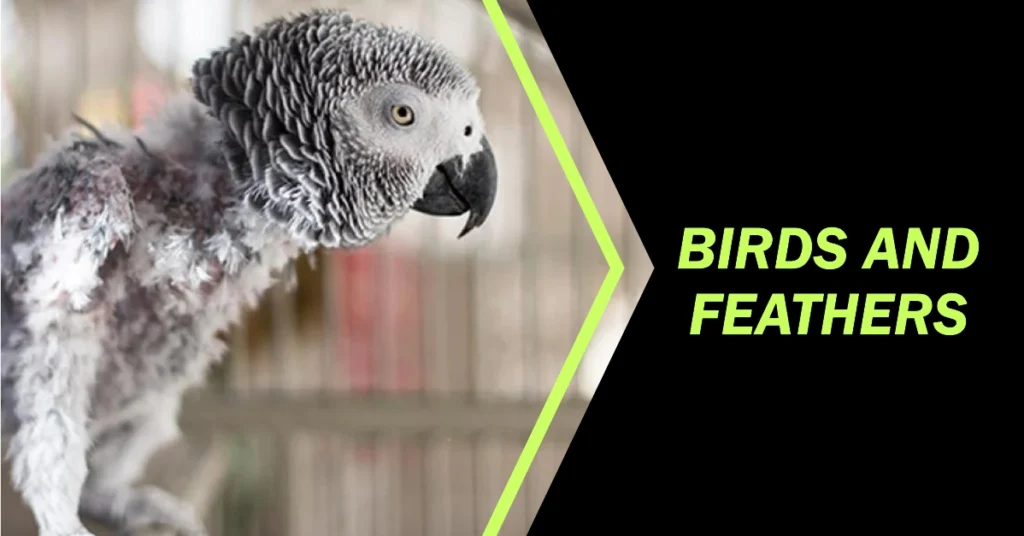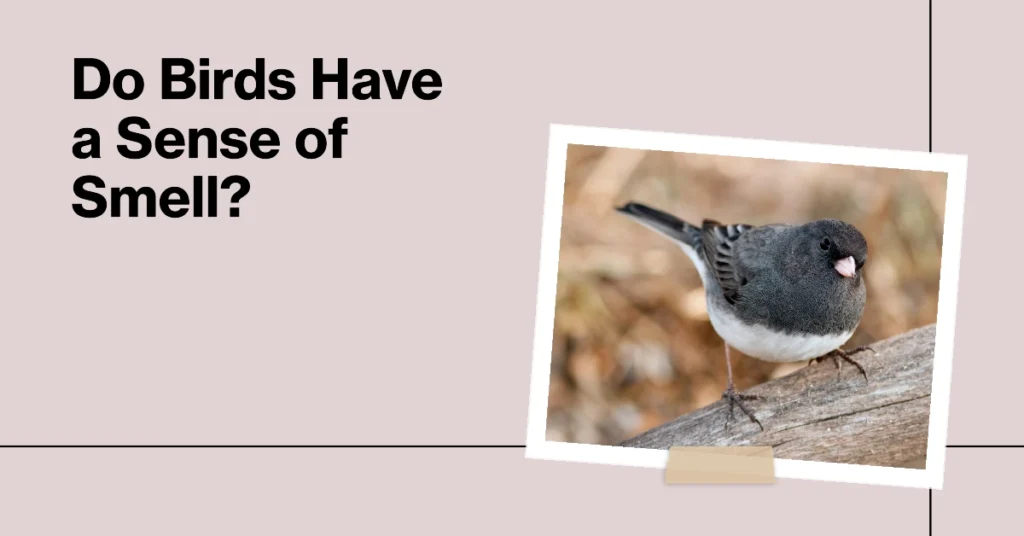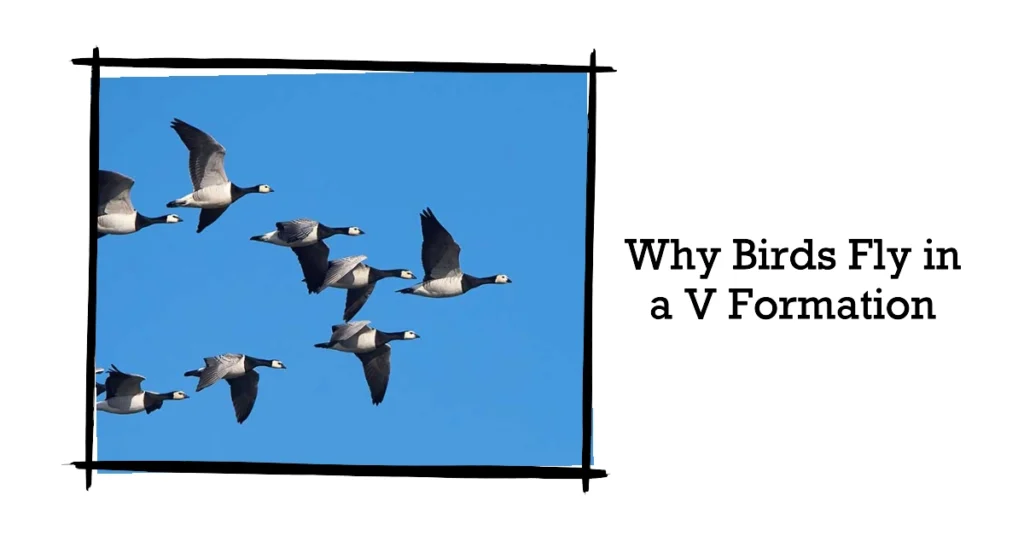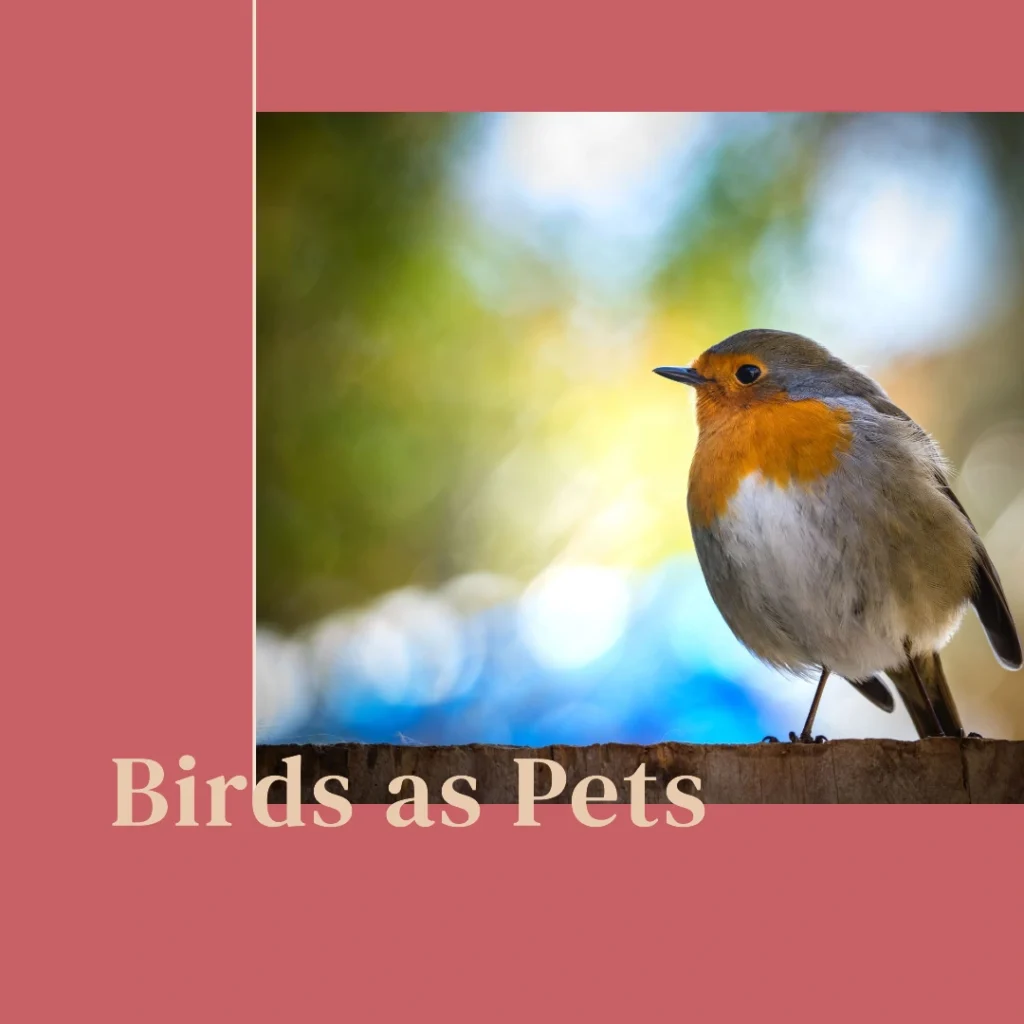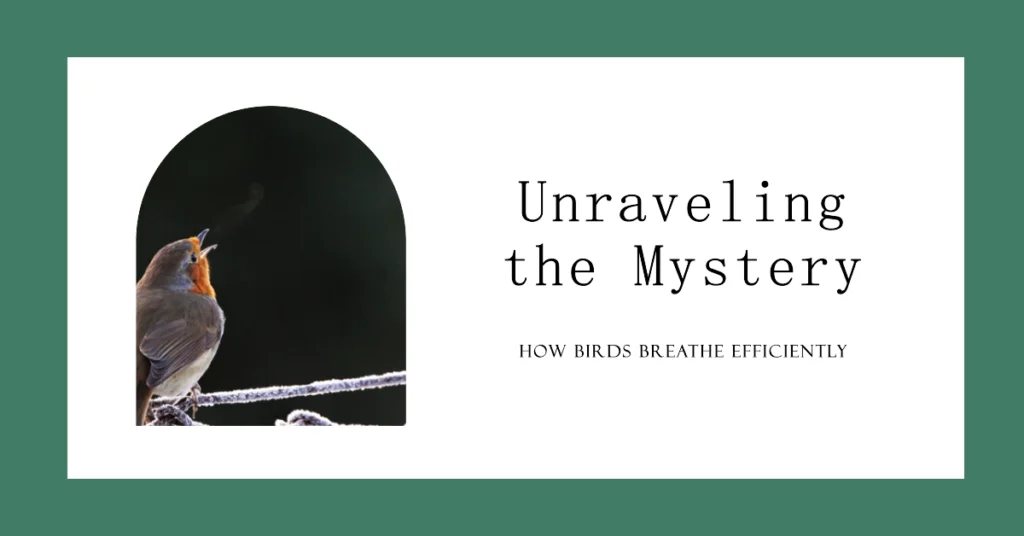
Birds are fascinating animals. They can do something amazing – they can fly! But that’s not the only cool thing about them. They also breathe in a special way that helps them get a lot of air when they’re flying high in the sky.
In this article, we’re going to talk about how birds can breathe so well. We’ll look at the parts inside a bird that help it breathe, like its air sacs, and how the air moves in one direction through its body. It’s like they have a super-power for breathing that helps them soar through the air!
The Avian Respiratory System
Birds have a complex respiratory system that is different from that of mammals. The avian respiratory system includes lungs and a series of air sacs that work together to ensure a continuous flow of air through the lungs.
Key Components of the Avian Respiratory System
- Lungs: Birds have small, rigid lungs where gas exchange occurs.
- Air Sacs: Birds have nine air sacs that act as bellows to move air through the lungs.
- Trachea: The tube that carries air from the nostrils to the lungs.
- Bronchi: Tubes that branch from the trachea into the lungs.
How Birds Breathe

Birds breathe in a way that ensures a constant supply of fresh air to their lungs. This is achieved through a process called unidirectional airflow, where air moves in one direction through the lungs.
Inhalation and Exhalation
- First Inhalation: Air enters through the nostrils, travels down the trachea, and fills the posterior air sacs.
- First Exhalation: Air moves from the posterior air sacs into the lungs, where gas exchange occurs.
- Second Inhalation: Air moves from the lungs to the anterior air sacs.
- Second Exhalation: Air is expelled from the anterior air sacs through the trachea and out of the body.
The Role of Air Sacs

The air sacs in birds play a crucial role in their respiratory efficiency. These sacs are thin-walled and do not participate directly in gas exchange. Instead, they act as bellows to keep air moving through the lungs.
Types of Air Sacs
- Posterior Air Sacs: Located behind the lungs, these sacs store fresh air.
- Anterior Air Sacs: Located in front of the lungs, these sacs store stale air before it is expelled.
Unidirectional Airflow
One of the most remarkable features of the avian respiratory system is unidirectional airflow. Unlike mammals, where air moves in and out of the lungs in a tidal manner, birds have a one-way flow of air through their lungs. This ensures that fresh air is always passing over the gas exchange surfaces, making the process highly efficient.
How Unidirectional Airflow Works
- Inhalation: Fresh air enters the posterior air sacs.
- Exhalation: Air moves from the posterior air sacs through the lungs to the anterior air sacs.
- Continuous Flow: This process ensures that fresh air is always moving through the lungs, even during exhalation.
Gas Exchange in Birds
Gas exchange in birds occurs in the lungs, specifically in tiny structures called parabronchi. These structures allow for a high surface area for gas exchange, making the process very efficient.
Crosscurrent Exchange
Birds use a mechanism called crosscurrent exchange, where blood and air flow in opposite directions. This maintains a concentration gradient that allows for maximum oxygen uptake and carbon dioxide expulsion.
Adaptations for Flight
Birds have several adaptations that make their respiratory system highly efficient, especially for flight.
High Metabolic Rates
Birds have high metabolic rates, which require a constant and efficient supply of oxygen. Their respiratory system is designed to meet these demands.
Lightweight Structure
The air sacs also help reduce the overall weight of the bird, making flight easier. Some of these air sacs even extend into the bones, further reducing weight.
Comparison with Mammalian Respiratory Systems
The avian respiratory system is much more efficient than the mammalian system. In mammals, air moves in and out of the lungs in a tidal manner, mixing fresh and stale air. This reduces the efficiency of gas exchange.
Key Differences
- Diaphragm: Mammals use a diaphragm to move air in and out of the lungs, while birds rely on air sacs.
- Airflow: Mammals have bidirectional airflow, while birds have unidirectional airflow.
- Gas Exchange: Mammals use alveoli for gas exchange, while birds use parabronchi.
Conclusion
Birds have a highly efficient respiratory system that allows them to meet the high oxygen demands of flight. Their unique system of air sacs and unidirectional airflow ensures a constant supply of fresh air to the lungs, making gas exchange highly efficient. Understanding how birds breathe not only highlights the marvels of avian biology but also provides insights into the evolution of respiratory systems in vertebrates.
Table: Comparison of Avian and Mammalian Respiratory Systems
| Feature | Birds | Mammals |
|---|---|---|
| Airflow | Unidirectional | Bidirectional |
| Gas Exchange Structures | Parabronchi | Alveoli |
| Diaphragm | Absent | Present |
| Air Sacs | Present (nine air sacs) | Absent |
| Efficiency | High | Moderate |
List: Key Terms
- Air Sacs: Thin-walled structures that act as bellows.
- Parabronchi: Tiny structures in the lungs where gas exchange occurs.
- Unidirectional Airflow: Air moves in one direction through the lungs.
- Crosscurrent Exchange: Blood and air flow in opposite directions for efficient gas exchange.
When we learn about the parts and steps that make up a bird’s breathing system, we start to see how amazing it is. This special way of breathing helps birds live in all sorts of places, even way up high where the air is thin, and it keeps them going when they’re flying fast and using a lot of energy. It’s like they have a super-charged way of breathing that lets them be great at flying and living in different places!

